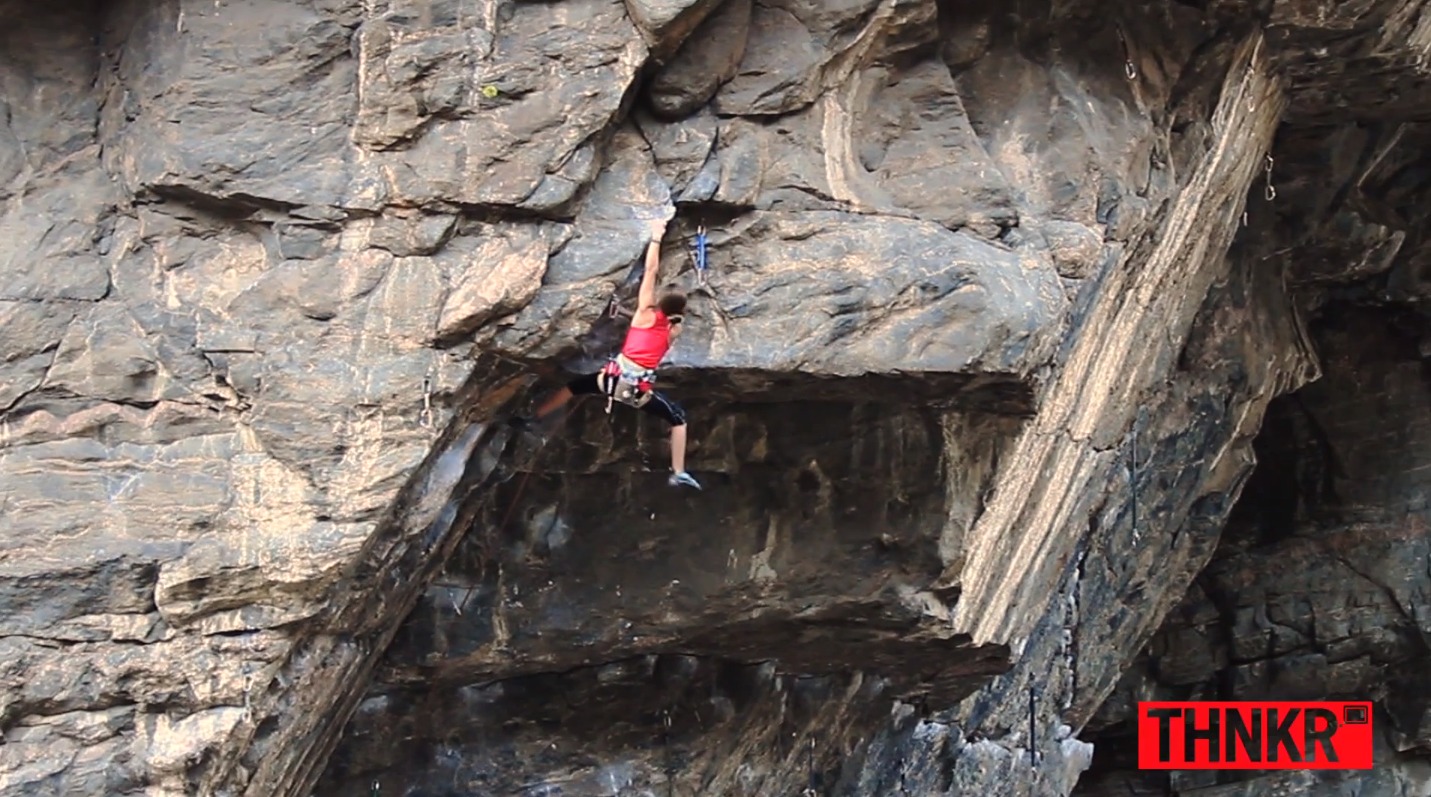Climb something taller than you
Safely practice climbing a supervised playground structure taller than you, learning foot placement, handholds, spotting, and communicating with an adult for safe ascent.



Step-by-step guide to climb something taller than you
What Makes Climbing Structure Footings Stable And Safe? - Outdoor Play Pros
Step 1
Put on your comfortable clothes and close your shoes so your feet are safe and ready.
Step 2
Walk to the playground and pick a sturdy structure that is taller than you and looks safe.
Step 3
Ask an adult to be your spotter and stay close while you climb.
Step 4
Agree with your spotter on two simple signals: one to go and one to stop.
Step 5
Gently test handholds and steps with your hands and feet to make sure nothing is loose or slippery.
Step 6
Warm up by stretching your arms and legs for about 30 seconds so your muscles are ready.
Step 7
Practice putting your foot on a low step while keeping at least three points of contact with the structure.
Step 8
Practice gripping a handhold from the ground so your fingers feel secure before you go up.
Step 9
Start climbing slowly using the three-point-contact rule and move one hand or foot at a time.
Step 10
Tell your spotter each time you move to a new hold so they know what you are doing.
Step 11
Climb down carefully the same way you came up, keeping three points of contact the whole time.
Step 12
Share a photo or story of your finished climb on DIY.org
Final steps
You're almost there! Complete all the steps, bring your creation to life, post it, and conquer the challenge!


Help!?
What can we use instead of a playground structure or special climbing shoes if they’re not available?
Use a low, sturdy backyard wall, a thick tree trunk with safe branches, or wide outdoor stairs while still wearing your comfortable clothes and closed shoes and having an adult spotter.
What should we do if a handhold feels loose or a step is slippery while climbing?
Immediately stop, give your agreed 'stop' signal to the spotter, climb down slowly using the three-point-contact rule, and only continue after you gently test different handholds and steps again.
How can this activity be changed for younger toddlers or older kids?
For toddlers, practice putting a foot on a low step with a very close adult spotter and simple go/stop signals, while older kids can try taller, more challenging structures after a longer warm-up and practicing gripping from the ground.
How can we make the climb more fun or show off our accomplishment?
Turn it into a small goal by counting moves or timing a safe slow ascent, personalize by choosing a favorite outfit within the comfortable clothes guideline, and then share a photo or story of your finished climb on DIY.org.
Watch videos on how to climb something taller than you
Indoor ROCK CLIMBING for Kids🧗 What is Indoor Rock Climbing and its Benefits for Kids and Toddlers
Facts about climbing safety for kids
🤝 Clear verbal cues and spotting (an adult keeping hands/attention ready) make climbs safer and boost kids' confidence.
🧠 Climbing is a mini problem-solving workout — kids decide where to put hands and feet and revise plans as they go.
👀 Most playground injuries come from falls; adult supervision, spotting, and soft surfacing greatly reduce serious harm.
🛝 Public playgrounds grew in popularity in the late 19th and early 20th centuries as safe places for children to play.
🧗♀️ Climbing uses balance, strength, and coordination — it helps kids build whole-body strength while they play.
How do I teach my child to safely climb a playground structure taller than me?
What materials or gear do I need to practice supervised climbing with my child?
What ages is supervised taller‑structure climbing suitable for?
What are key safety and spotting tips when my child climbs a structure taller than me?


One subscription, many ways to play and learn.
Only $6.99 after trial. No credit card required



